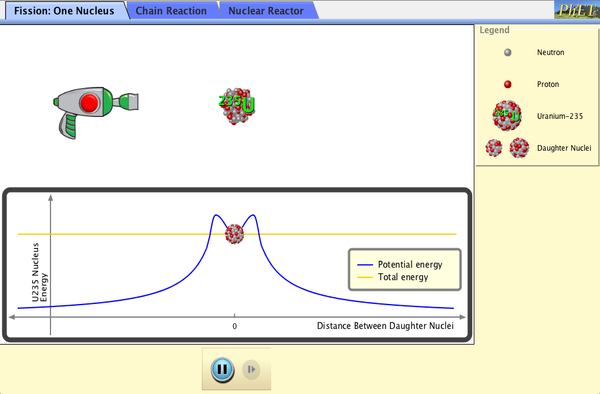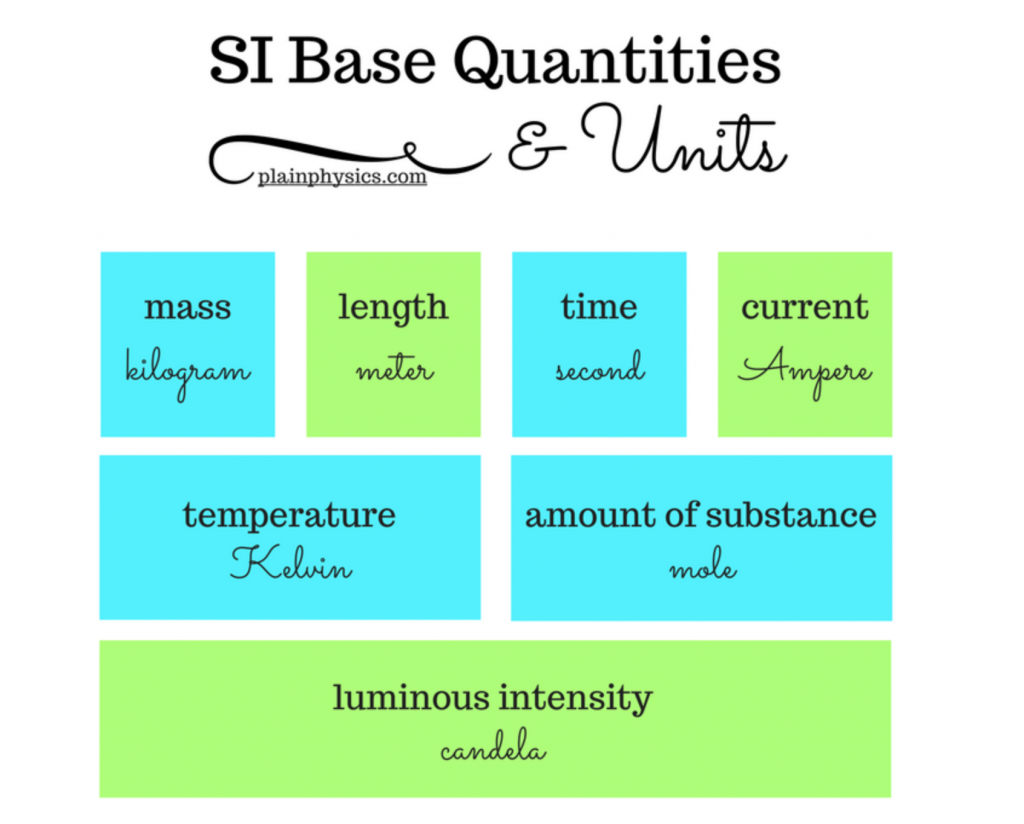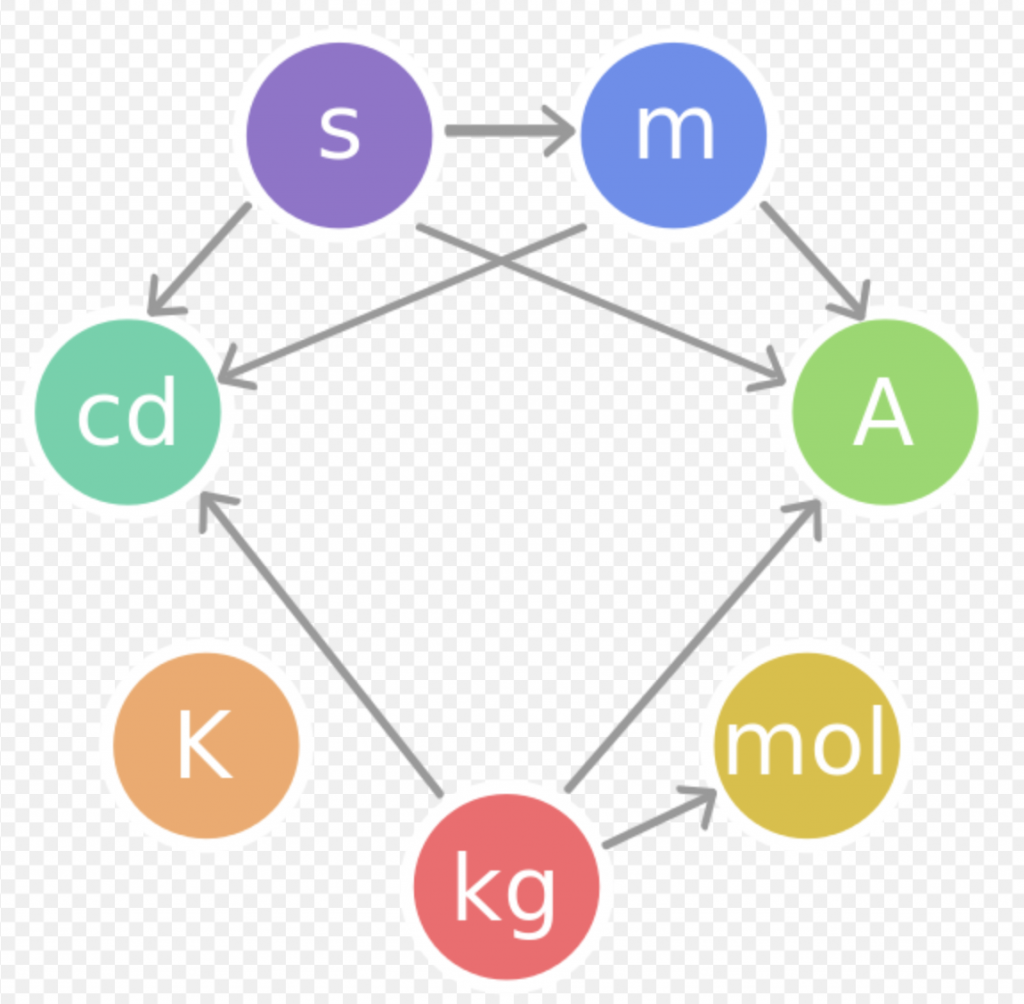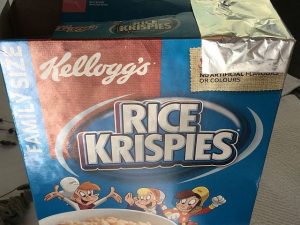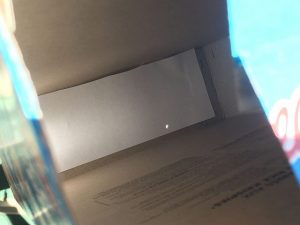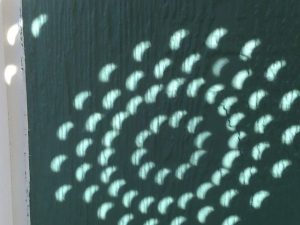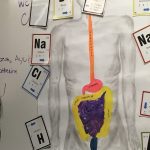Glen Seaborg is credited with the discovery of the “transuranium” elements. The transuranium elements are elements in the periodic table after uranium.
Learn more about Seaborg, the “transuranium” elements, Plutonium, and the Bomb”.
Seaborg was lead discover for plutonium, americium, curium, and berkelium; he was co-discoverer of californium, einsteinium, fermium, mendelevium, nobelium, and seaborgium. Having seaborgium named after him made him the only person to have an element named after them while they were still alive until oganesson was named after Yuri Oganessian in 2016. Seaborg jointly won a Nobel Prize in 1951 for his work.
Nuclear fission of uranium produces a fission product, neptunium (element 93).
Nuclear fission occurs when uranium is bombarded with neutrons. The neutrons in Seaborg’s lab were produced from deuterons using the small cyclotron at Berkeley.
Learn more about the history of how some of the elements on the Periodic Table were discovered.



